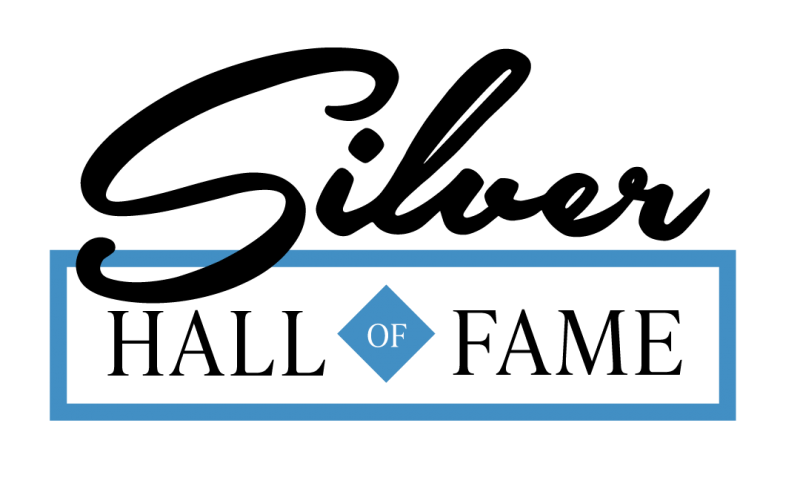Cobalt
Historical Mines
Cobalt is a town in the district of Timiskaming, province of Ontario, Canada, with a population of 1,133 (as per the Canada 2011 Census.)
In 2001 Cobalt was named "Ontario's Most Historic Town" by a panel of judges on the TV Ontario program Studio 2, and in 2002 the "Cobalt Mining District" was designated a National Historic Site of Canada.
W.E. Logan discovered cobalt in 1884 at the future site of the Agaunico Mine, one mile south of Haileybury.
Silver was discovered in the area in the summer of 1903, during the construction of the Temiskaming & Northern Ontario Railway from North Bay to the communities of Haileybury and New Liskeard, north of Cobalt. The discovery of high-grade ore in the subsequent Cobalt silver rush led to the development of the McKinley Darragh, LaRose, Nipissing, and O'Brien silver mines. In 1904, Willet Miller, on a visit to Mile 104 on the T&NO, along with the Timmins brothers, named the future town Cobalt. The Timmins brothers bought the remaining Fred Larose claims and put up some cabins.[3]:18 By 1908, the camp was considered the world's largest producer of silver and cobalt.[4]
Within a few years the area was one of the largest silver producing areas in the world. Speculation over mining stocks on Wall Street in New York City required mounted police to control the crowds. The town was incorporated in 1906.
Its population swelled and peaked at 7,000. In 1911, silver production exceeded 30,000,000 ounces (937.5 tons). Mining continued until the 1930s, then slowed to a trickle. Activity renewed in the 1950s then slowly dropped off, and there are no longer any operating mines in the area. However, one mill still operates in the area, and exploration for diamonds and other minerals is ongoing.
The silver mines of Cobalt, and the prospectors and miners that discovered them and worked the mines, have left an indelible mark on Canadian history, and the town is known as the birthplace of hard rock mining in Canada. The ore in Cobalt was close to surface, which meant that men with limited experience could prospect and begin mining, and then hone their skills as the mines went deeper. Those who learned their trade in Cobalt moved north, discovering gold in Kirkland Lake and Timmins and further afield in Canada and around the world. The mining in Cobalt was done with the use of wheelbarrows, pickaxes, hand steel and dynamite.
Cobalt suffered two devastating fires in the 20th century. In 1909, a fire in a cafe spread quickly through debris and garbage-filled alleyways. Half the town was destroyed; 150 buildings were lost and 3000 residents left homeless. Fire protection at the time was inadequate and firefighters were forced to dynamite buildings to create a firebreak.[5] On a hot and windy Victoria Day in 1977, a discarded cigarette started a fire that destroyed 140 buildings and left over 400 homeless.
The Cobalt Silver Kings played in the inaugural 1910 NHA season.
Cobalt, Haileybury, and New Liskeard were formerly known as the Tri-Towns. When Haileybury and New Liskeard were amalgamated into the city of Temiskaming Shores in 2004, Cobalt decided to remain a separate town. However, the two municipalities continue to have a close relationship, including the operation of a shared public transit system.
Last Updated on: 2020-12-05
